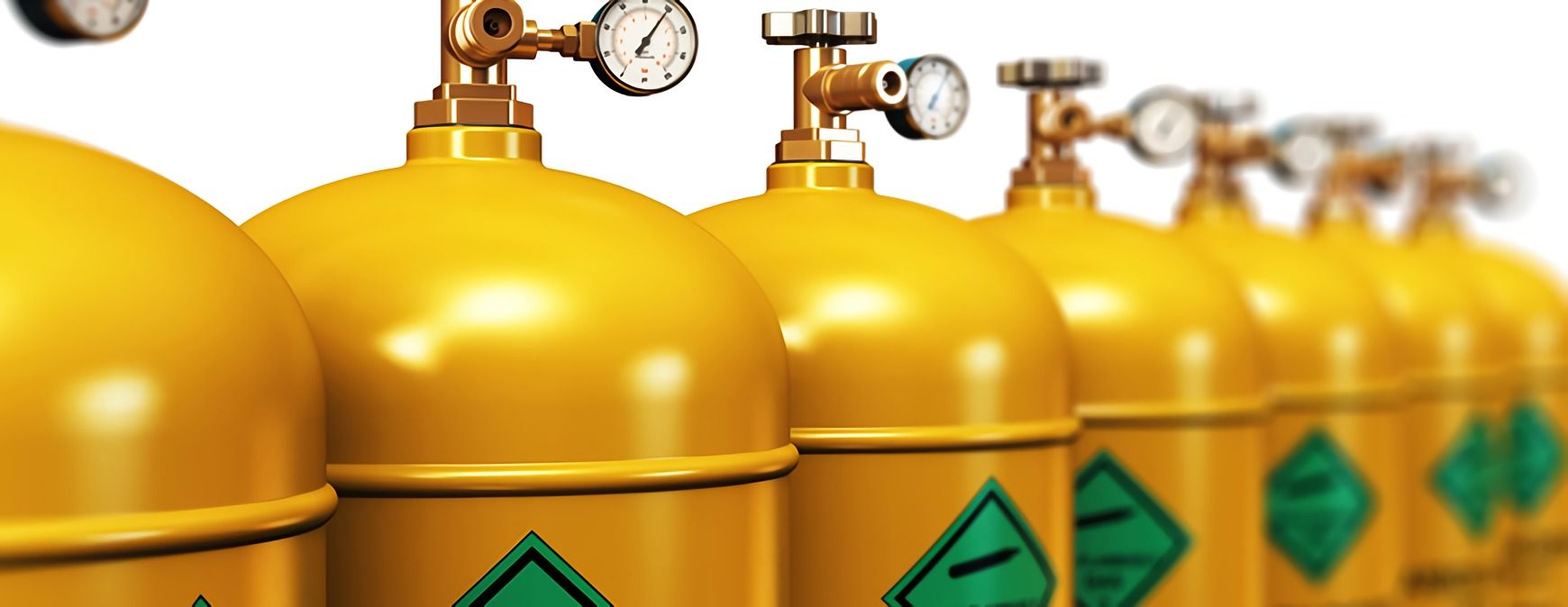RSI is a Great Training Option for Everyone
Learn more about how we can prepare you to advance your career.
Is it possible that HVAC technicians could rely on a refrigerant discovered over a century ago in the near future? As students currently in refrigeration training likely already know, many countries have agreed to phase out chlorofluorocarbons (CFCs), hydrochlorofluorocarbons (HCFCs), and hydrofluorocarbons (HFCs)—the dominant refrigerants in recent years—because they deplete the ozone layer or contribute to global warming. CO2 is one substance that could serve as an alternative.
What Is the History of CO2 as a Refrigerant?
Some might be surprised by the idea of replacing HCFCs and HFCs with a known greenhouse gas, but in reality, it has been utilized in heating and cooling equipment since the 19th century. CO2 was first patented as a refrigerant in Great Britain in 1850. By 1869, an American, Thaddeus S.C. Lowe, had built a refrigeration system that was used on board a ship to transport meat from Texas to New York.
By 1881, CO2-refrigeration units were being produced in Europe, but already by 1893, some in the industry preferred to use ammonia rather than CO2 because they thought it was more efficient. 1 Ammonia, however, was and still is dangerous to work with. 2 Considered the new ‘safety refrigerant,’ Freon (R-12) started to replace CO2 in air-conditioning applications. The industry went on to rely on various forms of Freon for years—unaware these CFC-, HCFC-, and HCF-based refrigerants were harming the planet. 3
Isn’t CO2 Bad for the Environment?

Yes—and no. With an ozone depletion potential of zero and a global warming potential of one, CO2’s contribution to global warming when used as a refrigerant is less than HCFCs and HFCs. 4 As a refrigerant, CO2 is a great boon to the environment. It’s also the only competitor to traditional HFCs that is similarly non-toxic and non-flammable. Although carbon dioxide is a major contributor to global warming, as a refrigerant, its impact is negligible. It is through manufacturing and other industrial applications that CO2 is so dangerous to the planet. 5
Get Started on the Path to a New Career
Fill out our form to learn how we can help you change your life.
Why Did CO2 Reemerge as a Promising Refrigerant?
When concern over the environmental damage of CFCs and HCFCs arose in the 1990s, CO2 was reintroduced to the industry as a refrigerant alternative. At first, some in the scientific community were skeptical of CO2 because of the high pressure at which machines utilizing it operated and their low theoretical cycle efficiency. Such challenges, however, were overcome with adjustments and adaptations to HVAC systems operating with CO2. In fact, the high operating pressures of CO2 equipment ended up enabling more compact component and system designs. 6
Today, CO2’s most common applications are in cold storage, supermarket refrigeration systems, and industrial, commercial, and domestic heat pumps.
CO2’s Future in Refrigeration
To some, it may seem ironic that we are going back to a technology that was discovered more than 160 years ago. However, with concerns about the environment and new technological discoveries to make systems more efficient, CO2 has indeed become the reliable source for cooling and heating.
Additional Sources
1 – http://www.eurammon.com/englisch/download/Euram15.PDF
2 – https://www.osha.gov/SLTC/ammoniarefrigeration/
3 – http://www.britannica.com/science/Freon
4 – http://www.greenpeace.org/international/Global/international/planet-2/report/2009/5/natural-refigerants.pdf
5 – http://www.achrnews.com/articles/84847-the-case-for-using-carbon-dioxide-as-a-refrigerant
6 – https://www.sintef.no/globalassets/project/creativ/publications/journal-and-conference/d4.1.6–keynote_gl2010_neksawalnumhafner-co2-arefrigerantfromthepastwithprospectsofbeing1.pdf
This blog has been labeled as archived as it may no longer contain the most up-to-date data. For a list of all current blog posts, please visit our blog homepage at https://www.rsi.edu/blog/




